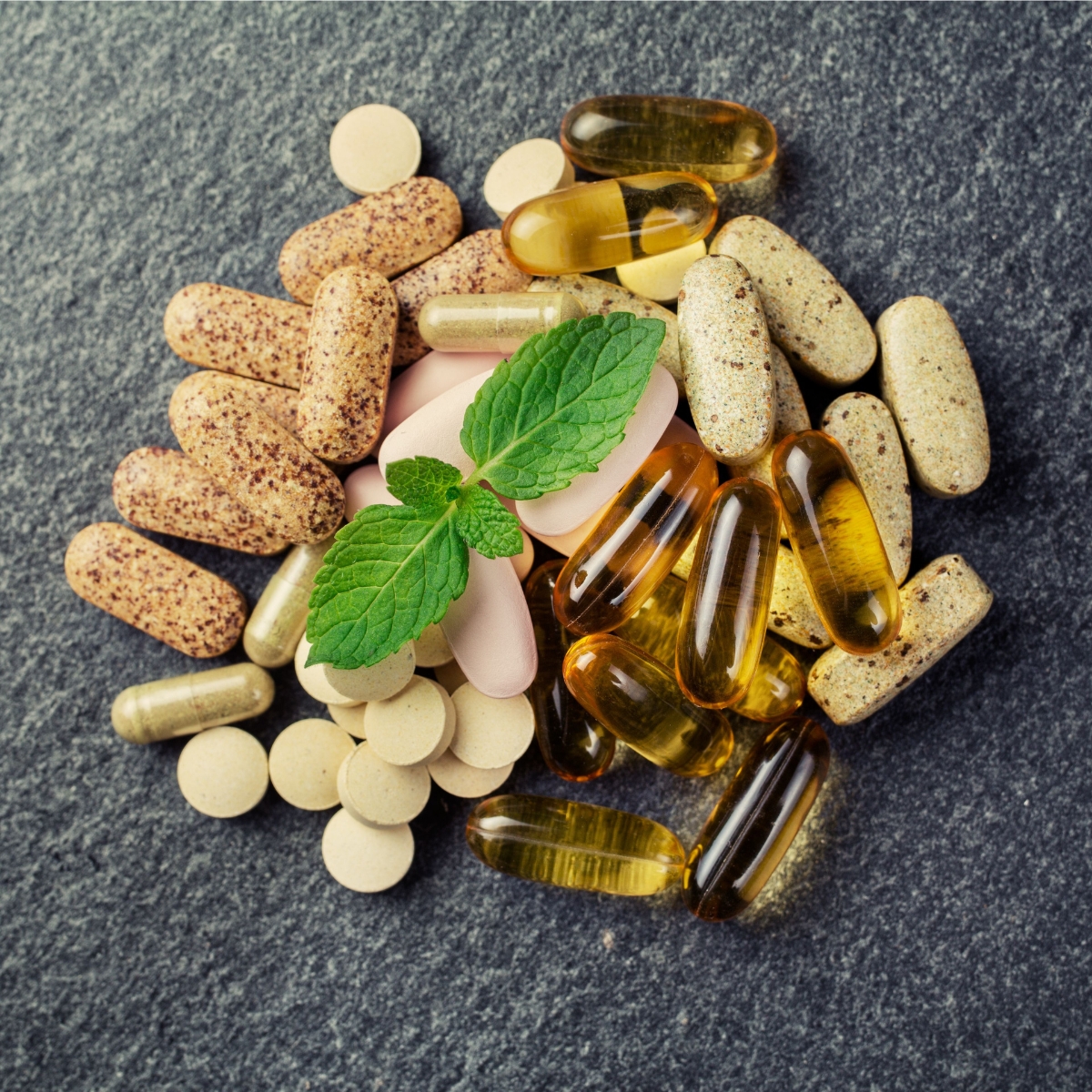@Sogeking
So long as you're getting 65% actual oleuropein and the not the leaf extract at 65% of the solution, then the dosing math should be accurate. The only concern is making sure you get less than 2mg/ml HealthMonthly deliver to europe (if you're in EU?), and they stock the oleuropein that I use, maybe thats another option? http://www.healthmonthly.co.uk/swans...FasBwwodO5oO6g
So long as you're getting 65% actual oleuropein and the not the leaf extract at 65% of the solution, then the dosing math should be accurate. The only concern is making sure you get less than 2mg/ml HealthMonthly deliver to europe (if you're in EU?), and they stock the oleuropein that I use, maybe thats another option? http://www.healthmonthly.co.uk/swans...FasBwwodO5oO6g



Comment